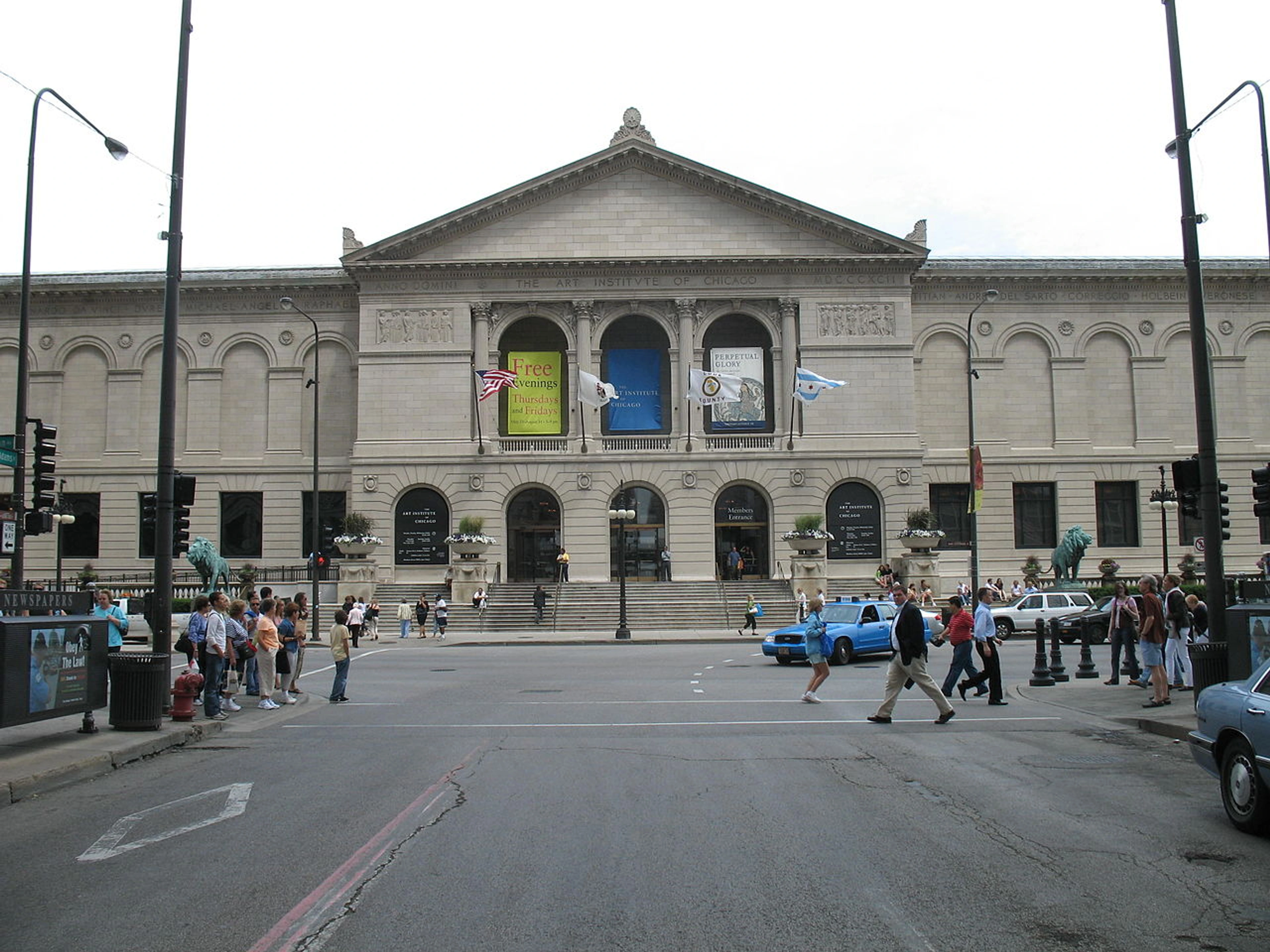
US Contemporary Art Galleries: An Artist's Personal Guide
Step into the US contemporary art gallery scene with an artist's personal guide. Explore major hubs, discover hidden gems, understand the artist-gallery relationship, and learn tips for visiting.
Your Ultimate Guide to Contemporary Art Galleries in the US (An Artist's Perspective)
Walking into a contemporary art gallery can feel... well, a bit strange sometimes, can't it? Maybe it's the stark white walls, the intense quiet, or the feeling that you should be understanding something profound when you're just looking at a canvas with some interesting shapes. I get it. Sometimes I walk into one and feel like I've accidentally wandered onto a minimalist movie set where everyone else got the script but me. As an artist myself, I've spent years navigating these spaces, first as a curious visitor, then as someone hoping to show my own work, and eventually, building relationships within the scene. The journey from feeling intimidated to feeling inspired is a real one, and it's absolutely worth taking.
But here's the thing: these spaces, often called white cubes, are vital, exciting parts of the art world. They're called white cubes because their minimalist, often white-walled design is meant to be a neutral container, focusing all attention squarely on the art itself. (Though, thankfully, they aren't always white!). They're where new ideas spark, where you can discover artists before they hit the big time, and where you can see art that’s grappling with right now. Forget dusty relics; this is art made by people potentially living down your street, thinking about the same weird world you are.
So, let's demystify the US contemporary gallery scene together. Whether you're a seasoned collector, a curious newbie, or just someone looking for something interesting to do on a Saturday afternoon that doesn't involve staring at another screen, this guide is for you.
What Exactly Is a Contemporary Art Gallery?
First off, let's clear up some confusion. A contemporary art gallery isn't quite a museum. Museums often focus on historical sweep, conservation, and education across broad collections. Galleries, especially contemporary ones, are typically commercial ventures focused on exhibiting and selling the work of living artists. Think of them as launchpads and advocates.
They:
- Discover and Nurture Talent: Galleries invest time and resources in finding promising artists, often early in their careers.
- Provide Exhibition Space: They give artists a platform to show a cohesive body of new work.
- Connect Artists with Audiences: This includes collectors, critics, curators, and the general public.
- Facilitate Sales: They operate in the primary market – the first sale of a new artwork. Think of it like a band's debut album release; the gallery is the label launching the artist's work into the world for the first time. This is where an artwork makes its debut, moving directly from the artist (or their studio) to the first buyer, facilitated by the gallery.
It's a dynamic relationship. The gallery supports the artist, and the artist's success, in turn, supports the gallery. From my side, finding a gallery that truly understands and believes in your work feels like finding a creative partner. It's not just about sales; it's about having someone champion your vision. For a deeper dive into the general concept, check out our guide on What is an Art Gallery?.
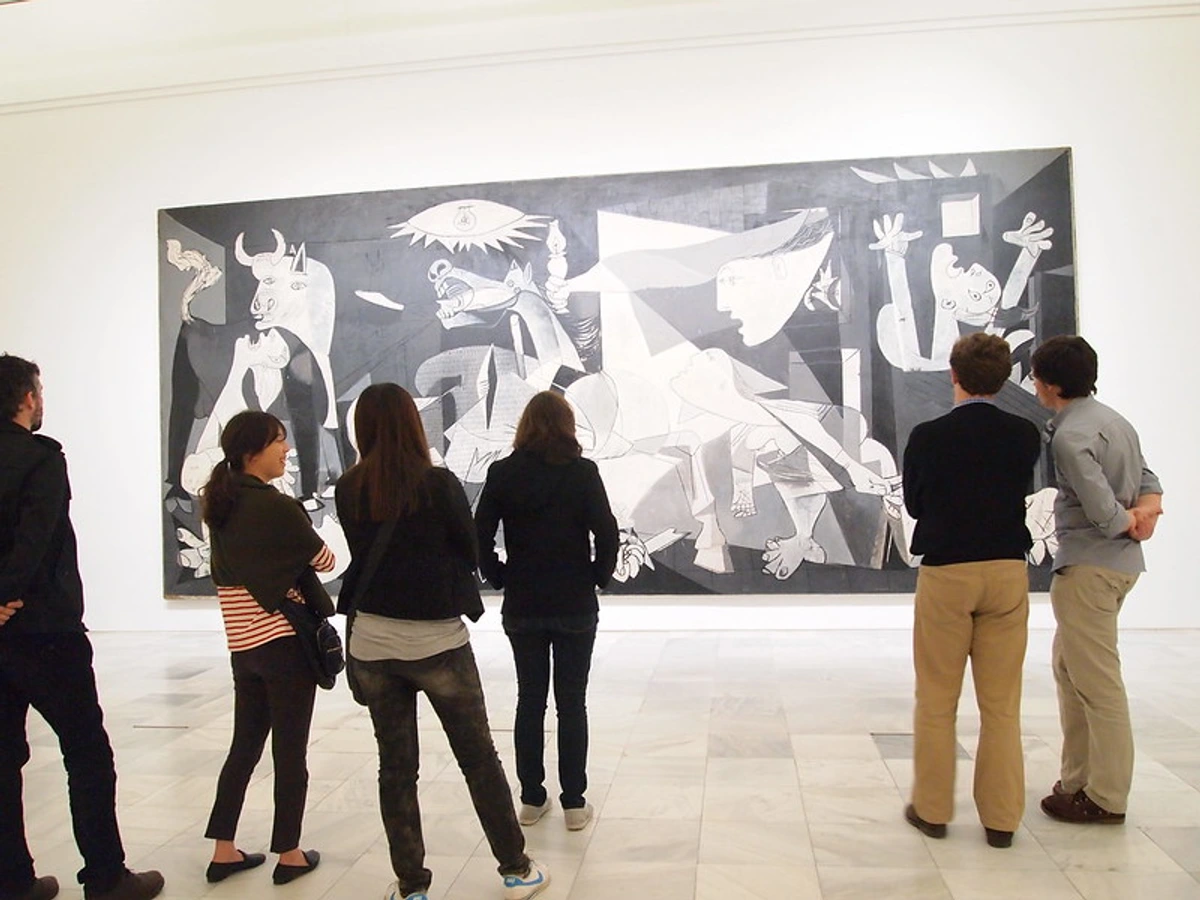
Types of Contemporary Galleries: A Spectrum
Not all galleries are created equal. They exist on a spectrum, each playing a different role in the art ecosystem. Understanding these types can help you decide where to visit based on your interests:
- Blue-Chip Galleries: Representing the biggest names in contemporary art (think Damien Hirst, Jeff Koons, Yayoi Kusama, Richard Prince). These are major international businesses operating at the highest levels of the market. Visiting them is like seeing the art world's superstars. See our list of Famous Art Galleries for examples (though it includes museums too).
- Mid-Tier Galleries: A crucial segment, showing a mix of established artists and rising stars. They often have strong reputations and play a key role in building artists' careers. This is where you often find artists who are gaining significant traction but aren't yet household names.
- Emerging Galleries / Project Spaces: Focused on discovering and promoting new talent. Shows might be more experimental, and prices generally lower. These are exciting places to spot the next big thing. As an artist, these spaces are often the first rung on the ladder, offering vital opportunities to show work.
- Artist-Run Spaces: Often non-profit or cooperative, prioritizing artistic freedom and community over purely commercial concerns. These spaces are often laboratories for new ideas and can be incredibly vibrant and experimental.
- Non-Profit Galleries: Similar to artist-run spaces in their non-commercial focus, but often larger and more institutionally funded. They prioritize exhibition, education, and community engagement, offering a different kind of viewing experience than a commercial gallery.
- Online Galleries: A rapidly growing sector, making art accessible globally. Check where to find affordable original art online. While they lack the physical presence, they are democratizing access to contemporary art.
Why Bother Visiting? The Allure of the White Cube (and Beyond)
Okay, so they sell art. But why should you go if you're not planning on dropping thousands of dollars? (Though, hey, maybe you are! Check out our tips on how to buy art if so). Honestly, there are plenty of reasons, and none of them require you to have a collector's budget:
- See Art in Person: There's just no substitute for experiencing art physically. Scale, texture, the way light hits the surface... it's often lost online. Even the best online art buying experience can't replicate standing in front of a piece. I remember seeing a painting online and thinking it was interesting, then seeing it in a gallery and being completely blown away by its sheer size and the subtle shifts in color I'd missed on screen.
- Discover the New: Galleries are ground zero for finding emerging artists and seeing the latest trends in contemporary art. It's like getting a sneak peek into the future of the art world. You might encounter diverse forms like conceptual art (where the idea is paramount), minimalism (focus on simplicity and form), art influenced by street art, or cutting-edge digital art.
- It's (Usually) Free: Unlike many museums, gallery admission is typically free. It's high-quality cultural entertainment without the price tag. Think of it as free inspiration!
- Understand the Context: Seeing work in a curated exhibition, often with an artist statement or curatorial text, provides context you won't get elsewhere. An artist statement is a brief text written by the artist explaining their work, process, and intentions. Sometimes the artist statement is beautifully illuminating; other times, it feels like a riddle wrapped in an enigma, which can be its own kind of fun (or frustration!).
- Spark Your Own Creativity: You might just find inspiration for your own life or work. As an artist, visiting galleries is essential fuel for my own practice. Seeing what others are doing, how they're pushing boundaries, or even just how they've framed a piece can send my mind spinning with new ideas.
- Support the Arts (Without Buying): Simply visiting, engaging with the work, and perhaps chatting briefly with the staff shows support for the gallery and the artists they represent. It helps create a vibrant ecosystem.
I remember feeling super intimidated the first few times I went gallery hopping. I worried I wasn't dressed right, didn't know enough, or would accidentally knock something over. But mostly, people are just there to look, and the staff are usually happy to answer genuine questions (if they're not too busy). It's okay to just look, absorb, and leave. No pressure!
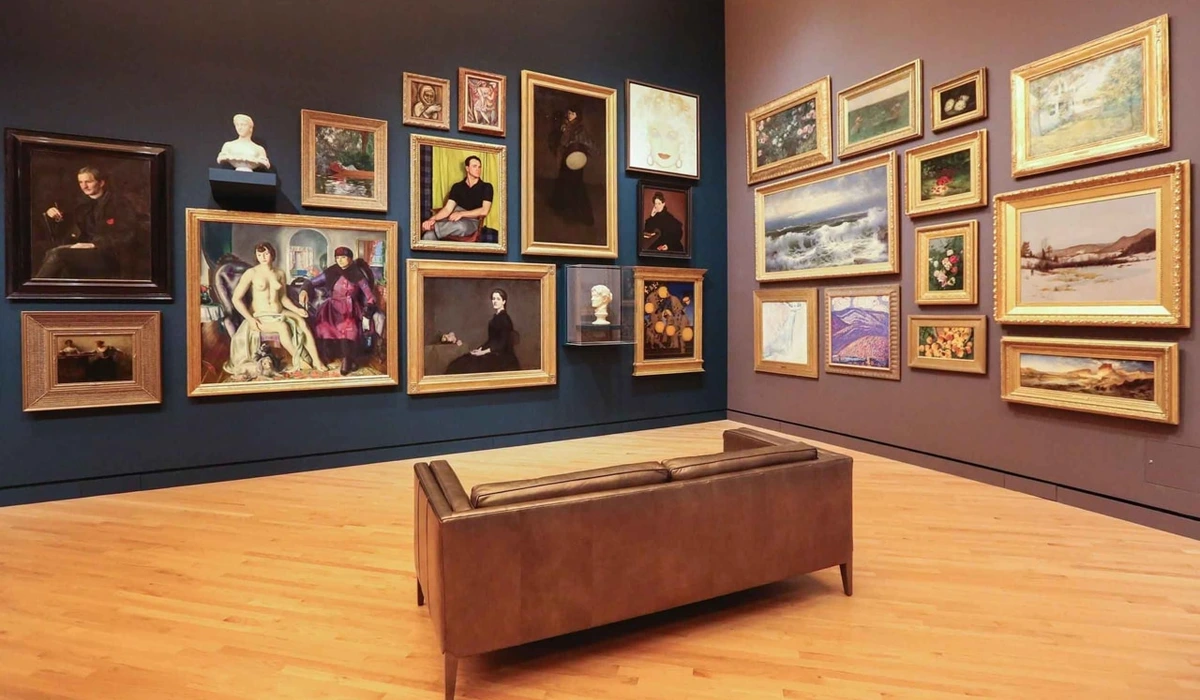
What to Expect When You Walk In: Demystifying the Gallery Visit
So you've found a gallery. What happens now? Take a deep breath. It's usually much less intimidating than you might imagine.
- The Space: Often minimalist (white cube) to focus attention on the art, but styles vary wildly. Some galleries are in grand old buildings, others in converted storefronts, or even industrial spaces. The architecture itself can be part of the experience.
- The Staff: You might see a gallerist (owner/director) or gallery assistants. They might greet you, or they might be busy. It's okay either way. Don't feel obligated to chat, but don't hesitate to ask if you have a genuine question about the art or artist. I've found most gallery staff are passionate about the art they show and happy to share information, as long as you're respectful of their time.
- The Exhibition: Shows typically run for 4-6 weeks. There might be a press release or checklist available, sometimes with prices (often available upon request if not displayed). Look for the artist statement – it can offer valuable insight (or sometimes be hilariously opaque, which is its own kind of fun, like trying to solve a tiny, abstract puzzle).
- The Art Itself: Contemporary galleries show far more than just paintings! Be prepared to encounter sculpture, video art, installations (art that interacts with the space), performance art (sometimes live, sometimes documented), photography, mixed media, and more. It's a diverse world!
- Prices: Be prepared for sticker shock, especially at established galleries. Understanding art prices is complex, involving artist reputation, materials, size, market demand, and the gallery's own costs. Remember, you are never obligated to ask about prices or feel pressured to buy. Your visit is valuable regardless.
- Etiquette: Look, don't touch (unless invited). Keep voices low. Supervise children closely. Ask before taking photos (it's usually fine, but policies vary). And please, for the love of art, don't bring food or drinks near the artwork! (Seriously, my artist heart twitches just thinking about it).
- Openings: Exhibition openings are more social events – crowded, noisy, often with drinks. Great for people-watching and soaking up the scene, less ideal for quiet contemplation of the art. If you want to see the art, go back during regular hours. If you want to feel the buzz and maybe spot the artist, the opening is the time.
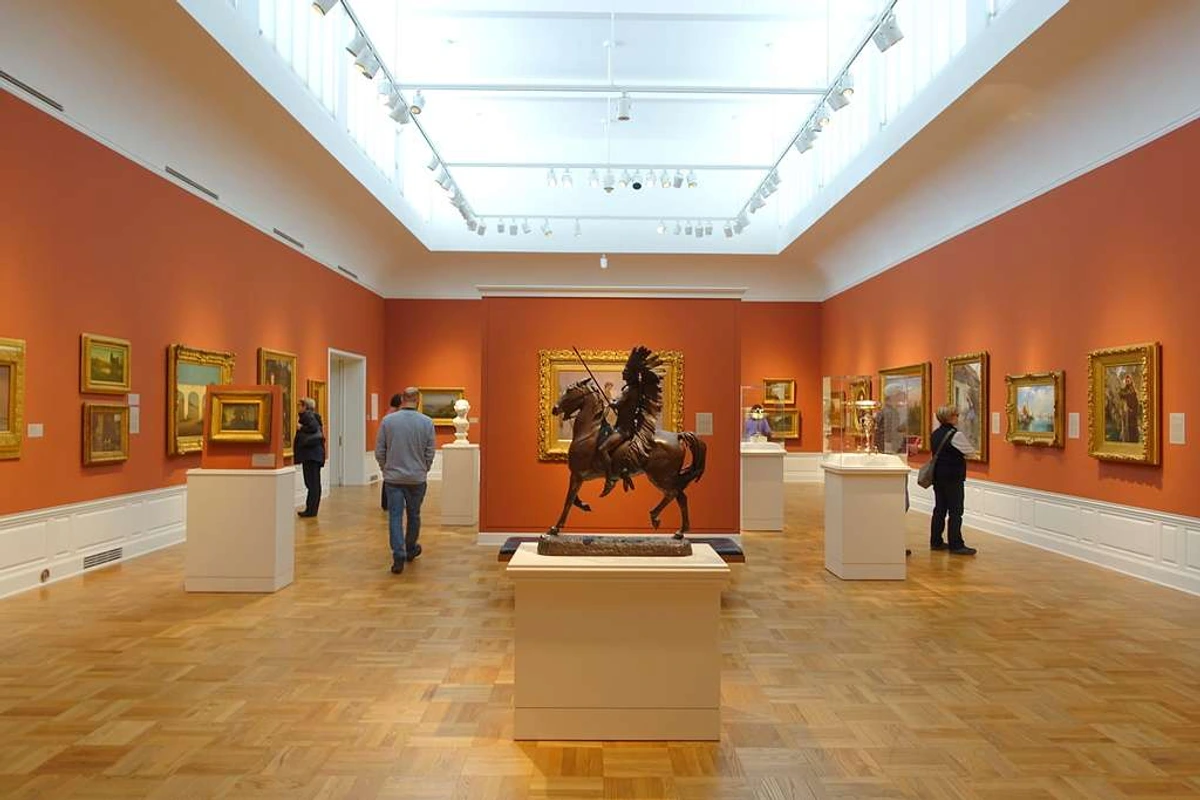
Navigating the US Gallery Landscape: Major Hubs & Beyond
The US is vast, and its gallery scene reflects that. While you can find galleries almost anywhere, certain cities are undeniable powerhouses.
New York City: The Epicenter
No surprise here. NYC remains the dominant force in the US (and arguably global) art market. The sheer concentration of galleries is staggering.
- Chelsea: Packed with blue-chip galleries (think Gagosian, David Zwirner, Pace) in converted warehouses. It can feel imposing, but it's where you'll see major shows by international art stars. Walking through Chelsea can feel like a marathon, but the density means you can see a huge amount of work in one go. I remember spending an entire rainy Saturday just wandering through Chelsea, popping into dozens of spaces – my feet hurt, but my mind was buzzing.
- Lower East Side (LES): A grittier, younger vibe with many mid-tier and emerging galleries. This is often where I feel most at home, discovering artists who are still building their careers. I saw a show here once that completely changed how I thought about using found objects in my own work.
- SoHo & Tribeca: Still home to important galleries, though less concentrated than Chelsea or LES.
- Upper East Side: More traditional, often featuring secondary market sales alongside contemporary shows. The secondary market is where art that has already been sold once (in the primary market) is resold, often through auction houses or specific galleries specializing in resale. Think of it like the difference between buying a new car from the dealership (primary) and buying a used car (secondary). For a detailed look, see our Guide to NYC Galleries.
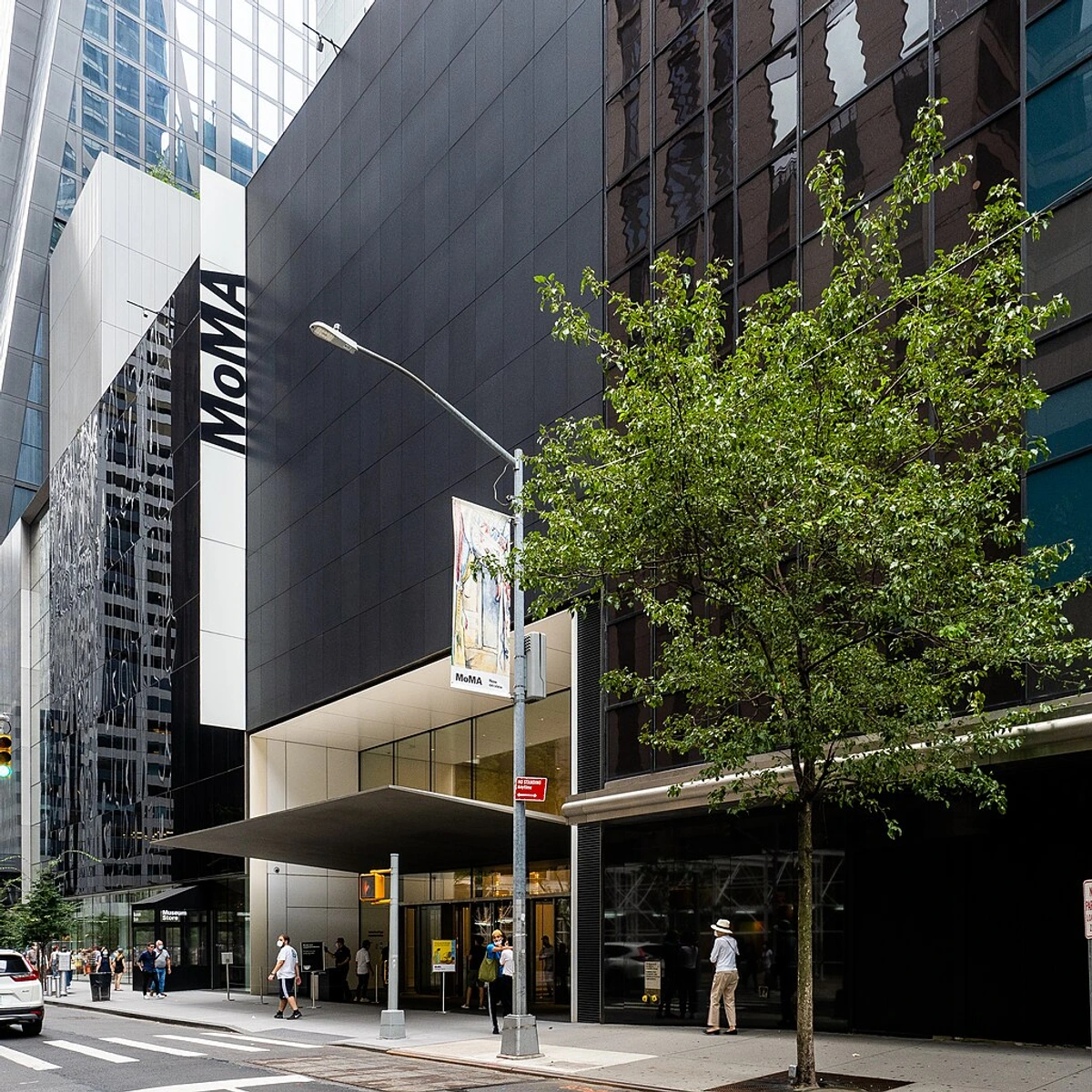
Los Angeles: A Sprawling Scene
LA offers a different flavor – more spread out, perhaps a bit more relaxed, but equally influential.
- Culver City: A significant cluster of contemporary galleries. I once got completely lost trying to find a specific small gallery here, but the detour led me to discover another fantastic space I hadn't planned on visiting.
- Downtown LA: A growing hub, especially around the Arts District.
- Hollywood & West Hollywood: Home to established and newer spaces.
- Mid-Wilshire: Near LACMA, you'll find more galleries.
The scene is less centralized than NYC, requiring more planning (and driving!). I remember trying to hit multiple openings across LA in one night – it was an adventure, to say the least! Explore more in our LA Art Galleries Guide.
Other Key Cities
Don't sleep on other major players:
- Chicago: A strong gallery scene, particularly in the River North and West Loop areas. Home to the Art Institute and a rich artistic history. I've always found the Chicago scene to be incredibly supportive of local artists; there's a real sense of community.
- Miami: Famous for Art Basel Miami Beach, which brings the global art world every December, but also has a year-round gallery presence, especially in Wynwood and the Design District. Miami's scene has a unique energy, often tied closely to its vibrant street art culture.
- San Francisco: A vibrant scene with galleries clustered in areas like Potrero Hill and Dogpatch.
- Washington D.C.: While known for its museums, DC also has a solid contemporary gallery scene. Check our DC Galleries Guide.
These cities, and others like Houston, Dallas, Seattle, and Atlanta, contribute to the rich tapestry of American contemporary art. Our overview of the Best Art Cities in the US touches on several of these.
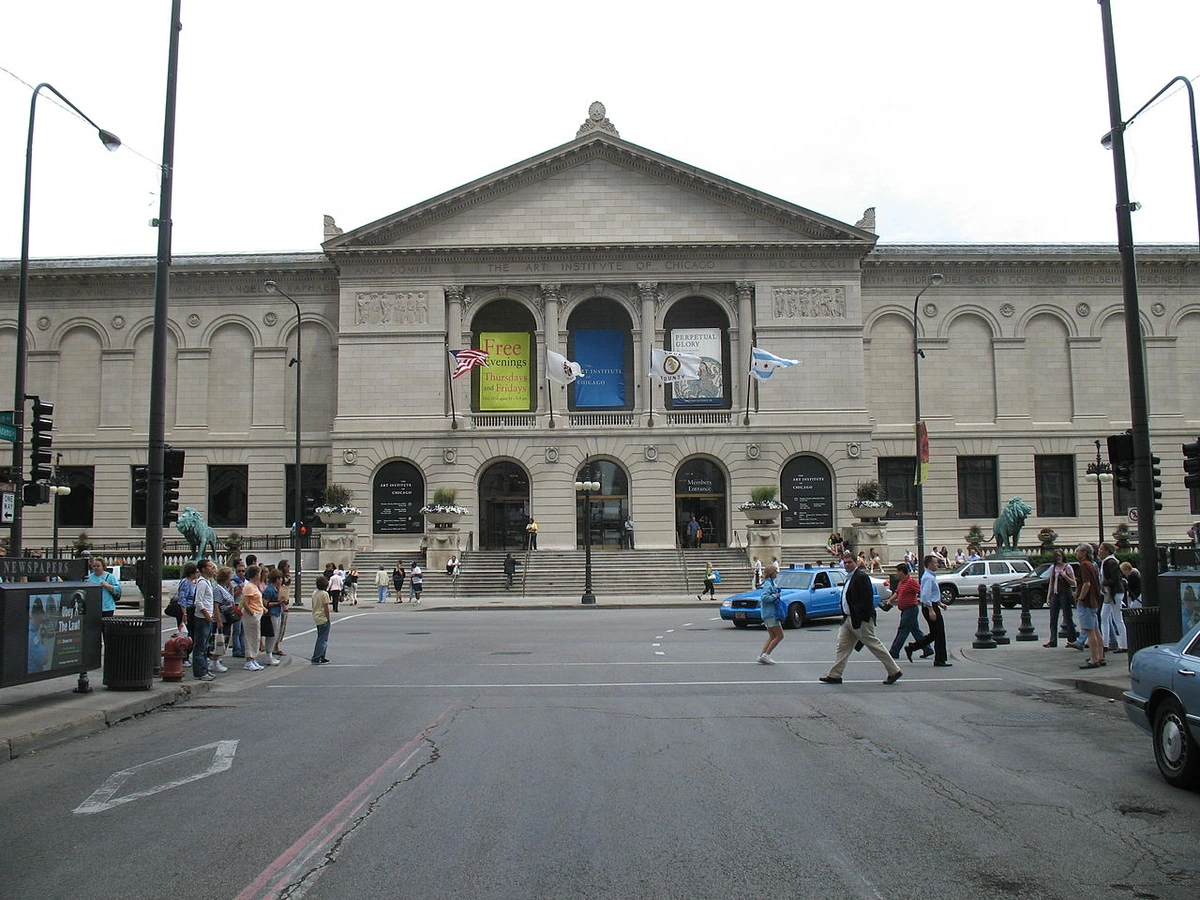
Finding Contemporary Art Beyond the Metropolises
Contemporary art isn't confined to major cities, not by a long shot! Exploring art outside the big hubs can be incredibly rewarding, offering a chance to connect with regional artists and scenes that might feel more accessible or personal. If you're not near NYC or LA, here's how you can find contemporary galleries:
- University Galleries: Many universities with strong art programs have galleries that show contemporary work, often by faculty, students, or visiting artists. These are fantastic, often overlooked resources. Check out our guide to University Art Galleries.
- Local Arts Councils & Organizations: These groups often maintain directories of local galleries and artist studios. A quick web search for your city or region's arts council is a great starting point.
- Regional Online Directories: Websites and blogs sometimes focus specifically on the art scene in a particular state or smaller region.
- Studio Tours: Many communities host open studio events where artists open their workspaces to the public. While not galleries, they offer a direct connection to living artists and their work.
- Smaller City Scenes: Cities like Philadelphia, Boston, Denver, Portland, and many others have thriving, albeit perhaps less internationally focused, contemporary gallery scenes. Don't underestimate the power of a dedicated local community. Exploring local art galleries can feel like uncovering hidden gems. It's where you might find the next big thing before anyone else, or simply discover art that speaks directly to your local experience.
Many cities also have designated gallery districts where multiple galleries are clustered together, making it easy to hop from one to the next. Look out for coordinated gallery walks or




